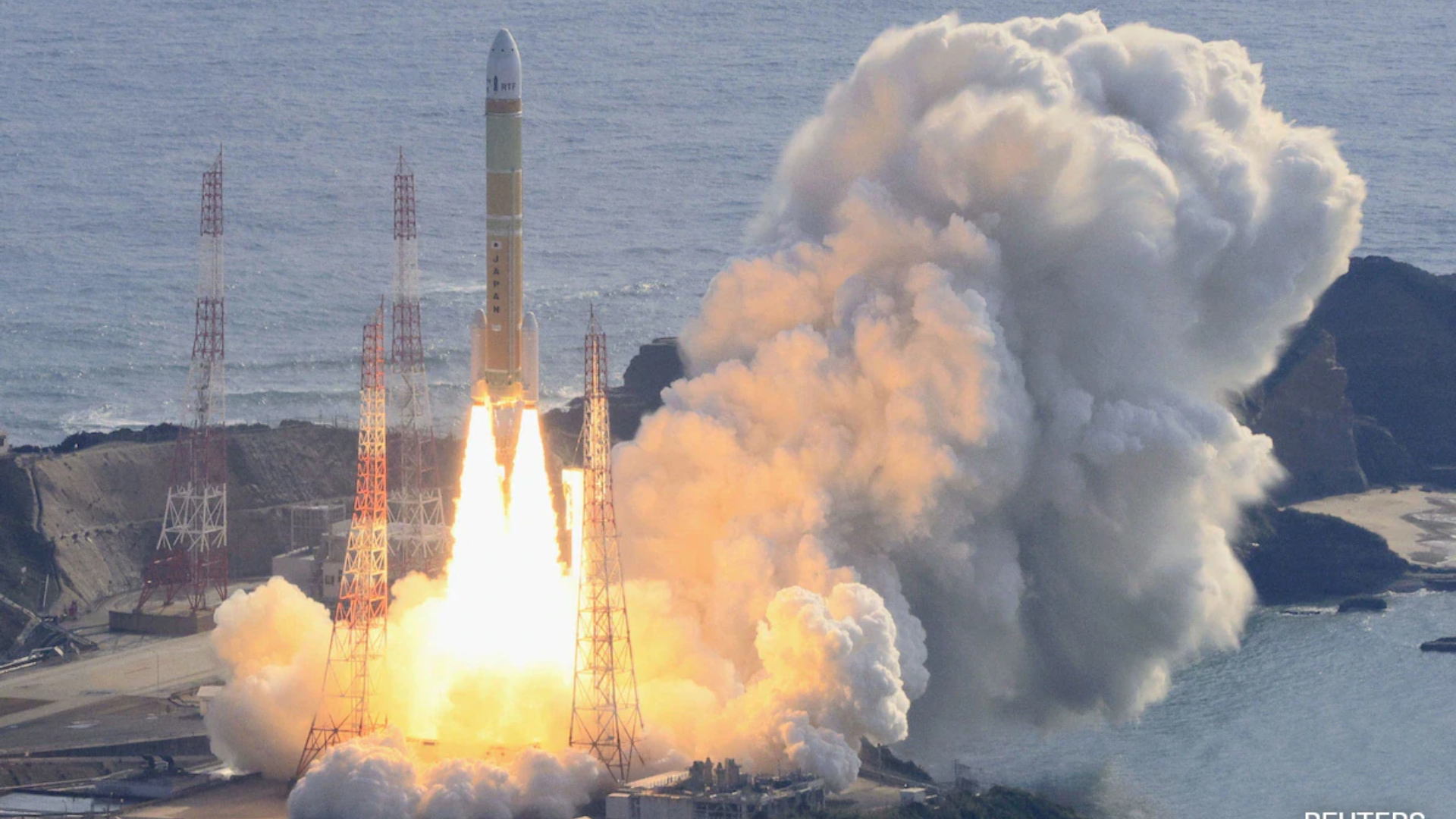After 2 unsuccessful tries, Japan successfully launched its next generation rocket into orbit on Saturday, Al Jazeera reported. The report states that the next-generation H3 rocket had a “successful liftoff” at 9:22 am Tokyo time (12:22 GMT) and entered its intended orbit. The Japan Aerospace Exploration Agency (JAXA) announced this during a live broadcast, mentioning that the rocket was carrying a dummy satellite and two operational microsatellites.
A wave of celebration spread among the employees the rocket reached its trajectory and released its first payload. The H3’s microsatellites anticipated to aid with disaster prevention efforts and supervise the operation conditions of factories. The new rocket was designed with the intention to replace H-IIA which has been in service since 2001. It is known as Japan’s flexible and cost effective flagship rocket.
Developed with Mitsubishi Heavy Industries, the H3 is crafted to carry a 6.5 metric ton payload into space for as little as five billion yen (USD 33 million) per launch, about half the cost of its predecessor, Al Jazeera reported. JAXA anticipates that the H3’s reduced expenses and increased payload capacity will appeal to international customers for missions, including supplying the International Space Station and assisting the US-led Artemis moon exploration program.
Tokyo plans to launch about 20 satellites and probes with H3 rockets by 2030.This successful launch comes after many failures including a thwarted launch in March that ended with ground control utilizing the rocket’s self-destruct function shortly after blast-off after the second-stage engine failed to ignite, Al Jazeera reported.

















